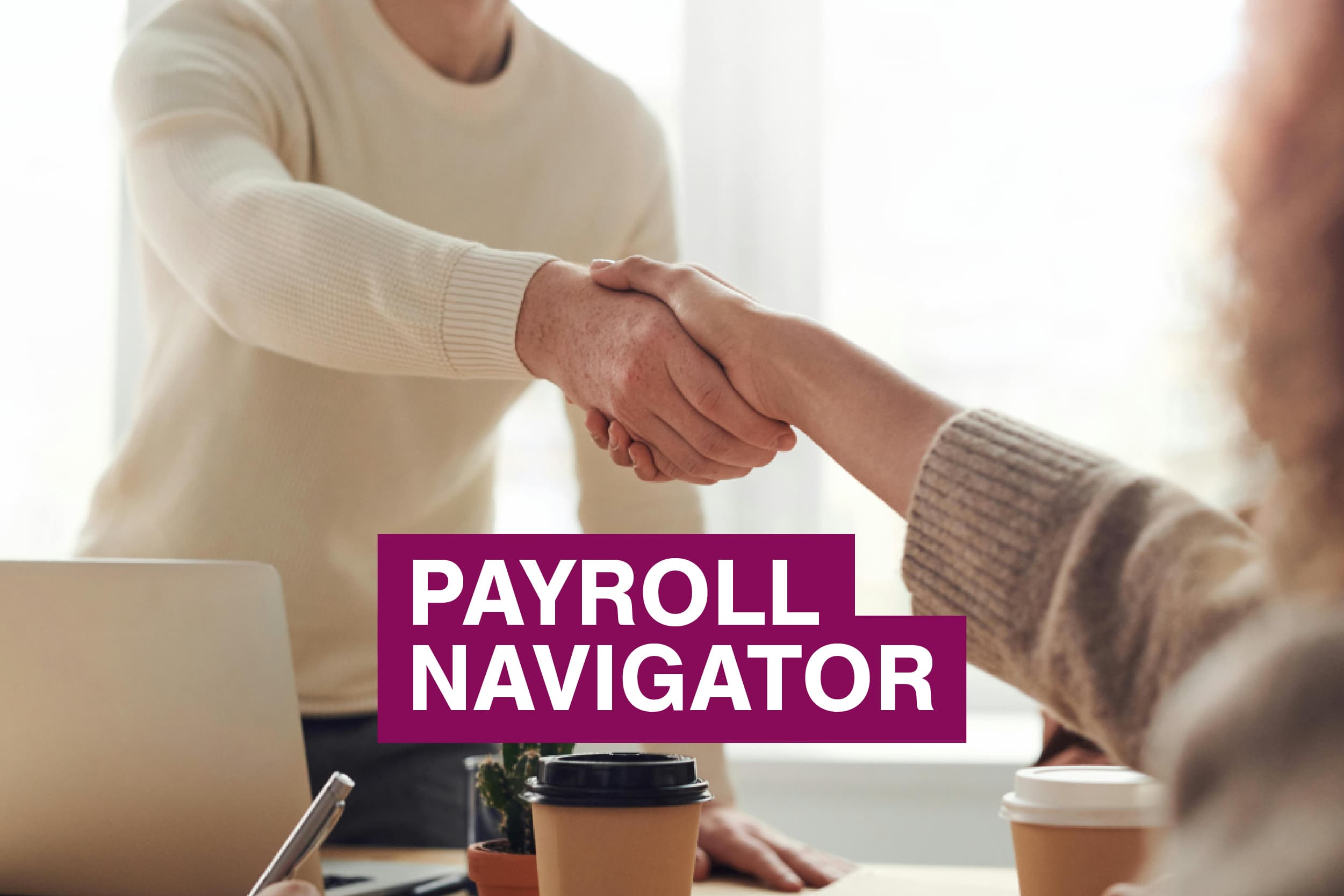In 2024, it may come as a surprise that many employers still struggle with the basics of payroll. However, our recent Payroll Navigator research report shows that 22% of employees across Europe were paid late in the past year. Meanwhile, employers are saying that the speed of payroll processing is their biggest HR challenge.
Consider this alongside the sobering fact that 37% of European employees say they currently feel financial stress. In fact, 1 in 4 of 18,000 respondents wish to request salary advances or determine their payout timing. With employee demands this far ahead of employer capabilities, it’s no surprise that continuous payroll technology is rapidly gaining traction. When we asked across 18 European countries, 1 in 3 employers say they see continuous payroll as a crucial payroll software feature: 28% are investing in it already, while 32% plan to do so.
What is continuous payroll?
Historically, payroll calculations are made all in one go, towards the end of a given pay period, which can be up to a month. Calculations have been done in a variety of ways, from paper calculations via Excel sheets, now arriving at modern payroll software. Continuous payroll technology goes one step further by automating payroll calculations to take place instantly and continuously in real-time. Any changes to salary, reward and benefits are effortlessly integrated and instantly reflected.
But accuracy is only the beginning. New continuous payroll products are designed to create an all-in-one payroll and HR support ecosystem that transforms the payroll relationship for both employers and employees. Here are 5 reasons why SD Worx experts believe continuous payroll will be a key factor in shaping our future world of work:
-
Next-level payroll efficiency and accuracy
Traditional payroll systems often require extensive manual data entry, naturally leading to errors and delays. Even modern payroll software can require a lot of oversight to ensure smooth operations. Continuous payroll systems automate these processes, which not only ensures accuracy but also reduces the time spent on payroll processing, which can lead to significant cost savings. Payroll managers are then also free to focus on more strategic tasks, such as enhancing employee experience.
-
Enhanced payroll transparency and accessibility
Timely and accurate payments build trust, which significantly improves the overall employee experience. According to our research, 29% of employees who were paid late several times in the past year are actively looking for new jobs, compared to only 10% of those who were always paid on time. Continuous payroll technology enables employees to access real-time information on their earnings, including overtime and deductions. This transparency enables them to make more informed financial decisions, which can significantly reduce financial stress.
What’s even more transformative? Imagine a world where employees are paid once every 5 days, and it’s easy to make that happen. Continuous payroll allows for much greater flexibility in access to earnings, which is a major benefit for employees in a world where unexpected financial emergencies and volatility are par for the course.
-
Payroll compliance becomes effortless for everyone
With ever-changing tax laws and regulations, the only way to avoid costly penalties and legal issues is to take a proactive approach. But it’s hard to know where to start when you have limited support—for example, in an SME environment. Continuous payroll systems automatically update to reflect the latest compliance requirements in your jurisdiction, ensuring that organizations can remain compliant without the headache.
-
HR decision-making becomes faster and more strategic
Continuous payroll enables organizations to leverage payroll data in new ways that were never within reach before. Immediate access to payroll data and real-time insight into labor costs enables better strategic planning and decision-making across all of areas of the business, particularly when continuous payroll technology integrates seamlessly with the rest of your HR ecosystem. It’s also easier to quickly and comprehensively execute changes to reward and benefit policies, which allows for a much more agile approach.
-
Truly flexible payroll, with scalability built in
Continuous payroll technology enables a level of flexibility and customization that hasn’t been broadly accessible before, but is now available to companies of all sizes. It’s this that makes continuous payroll such a game-changer, allowing you to reach and set ever more strategic and ambitious people goals: the technology can be adjusted as needed to meet the unique and evolving needs of your organization.
Equally importantly, continuous payroll scales with your business as it grows. Whether you’re adding new employees or expanding into new regions, the right continuous payroll system can accommodate such changes easily, without causing disruption.
The future can be now, if you let it
According to SD Worx Senior Researcher Lorenzo Andolfi, “If there’s one thing our new research makes clear, it’s that employee needs are quickly outpacing the payroll offerings their employers provide. Fortunately, continuous payroll technology now makes it possible to solve the long-standing challenges traditional payroll has created. So, it’s not a question of if you should consider continuous payroll technology, but when?”



